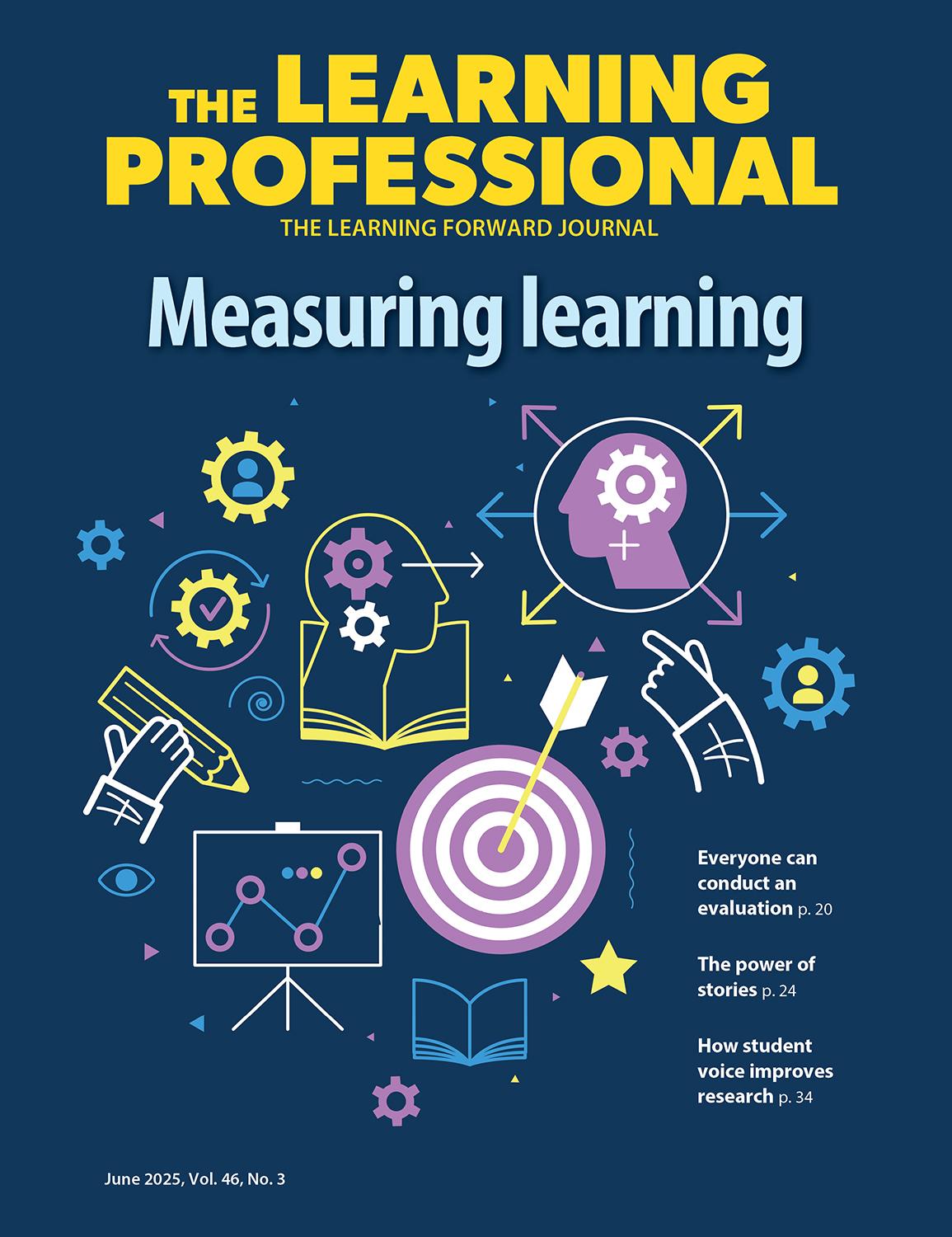Collaborative culture
A change in beliefs leads to a change in behavior and improved student achievement
By Susan Scott
Categories: UncategorizedJune 2010
Read the remaining content with membership access. Join or log in below to continue.
Sed ut perspiciatis unde omnis iste natus error sit voluptatem accusantium doloremque laudantium, totam rem aperiam, eaque ipsa quae ab illo inventore veritatis et quasi architecto beatae vitae dicta sunt explicabo. Nemo enim ipsam voluptatem quia voluptas sit aspernatur aut odit aut fugit, sed quia consequuntur magni dolores eos qui ratione voluptatem sequi nesciunt. Neque porro quisquam est, qui dolorem ipsum quia dolor sit amet, consectetur, adipisci velit, sed quia non numquam eius modi tempora incidunt ut labore et dolore magnam aliquam quaerat voluptatem.
Elaine Cash, superintendent of Riverdale School District in California, has participated in a dramatic turnaround in her district’s performance. She describes how conversations transformed district culture and led to significant improvements in student proficiency in the core curriculum and a decrease in the achievement gap.With effective change, mind-set comes first: What you believe determines how you behave. And your behavior produces your results — the ones you like and the ones you’re not so crazy about. Here is Cash’s story about how a change in thinking led to an outcome worth celebrating in her school district. — Susan Scott
Seven principles of Fierce Conversations
- Master the courage to interrogate reality.
- Come out from behind yourself into the conversation and make it real.
- Be here, prepared to be nowhere else.
- Tackle your toughest challenge today.
- Obey your instincts.
- Take responsibility for your emotional wake.
- Let silence do the heavy lifting.
Source: Scott, 2002.
Susan Scott (susan@fierceinc.com)leads Fierce Inc.
Categories: Uncategorized
Recent Issues
NAVIGATING NEW ROLES
April 2025
Whether you’re new to your role or supporting others who are new,...
LEARNING DESIGNS
February 2025
How we learn influences what we learn. This issue shares essential...
BUILDING BRIDGES
December 2024
Students benefit when educators bridge the continuum of professional...
CURRICULUM-BASED PROFESSIONAL LEARNING
October 2024
High-quality curriculum requires skilled educators to put it into...








